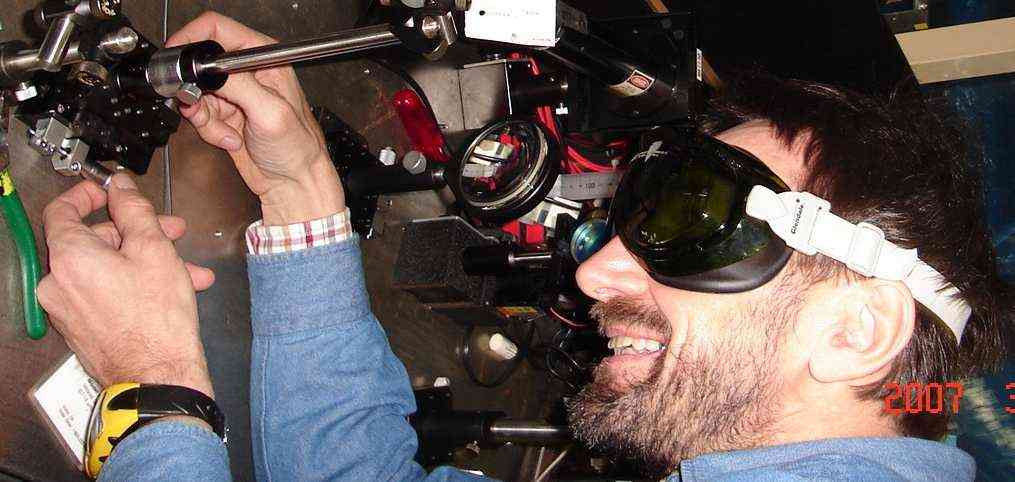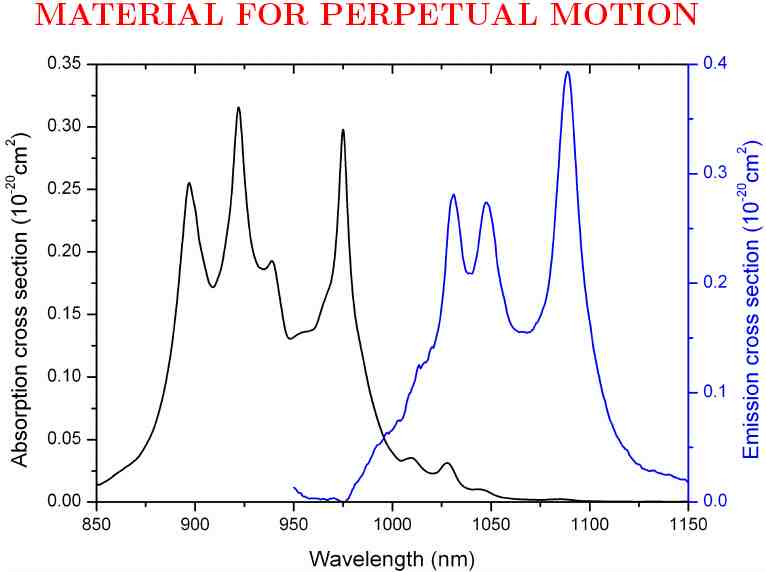 customs
customs
|
|
||
The simple model for the classification of knowledge is suggested. The four types of knowledge are considered: customs, arts, religions and sciences. The strict definition of science is suggested to distinguish it from other kinds of knowledge and from pseudo-science. | ||
 customs
customs Art is knowledge that is free from internal rules and is realized in a reproducible form that allow its
systematic investigation [8]. Such a definition corresponds to a goal formulated in the introduction, although
it slightly reduces the set of things which could be called art.
Art is knowledge that is free from internal rules and is realized in a reproducible form that allow its
systematic investigation [8]. Such a definition corresponds to a goal formulated in the introduction, although
it slightly reduces the set of things which could be called art.

 Sciences
Sciences The author used to meet several "strange" concepts that pretended to be scientific. The examples are:
The author used to meet several "strange" concepts that pretended to be scientific. The examples are:
|